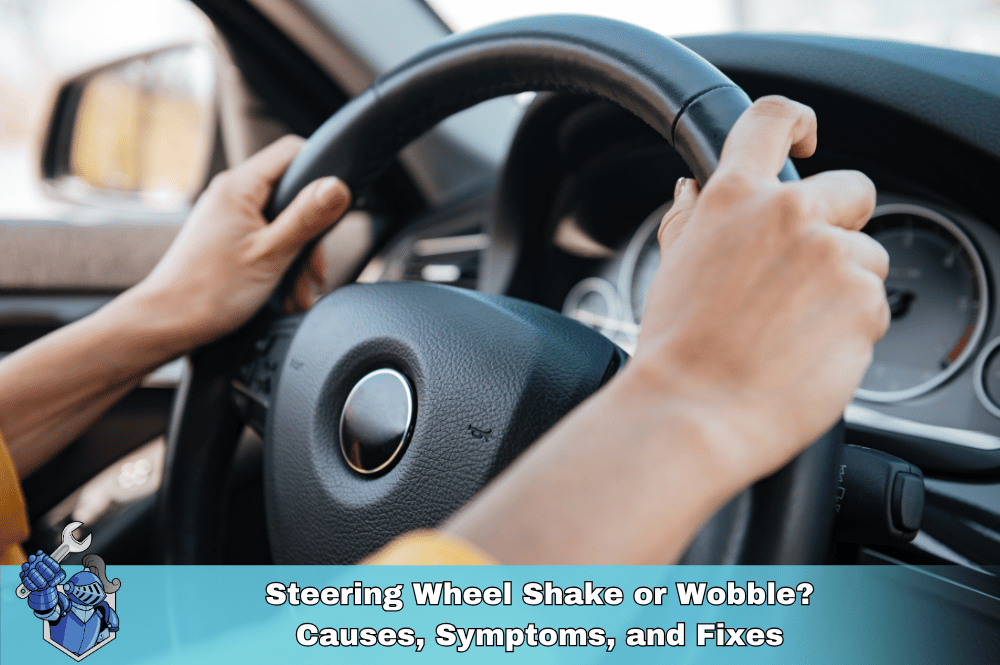It requires practice and coordination, but with patience and persistence, anyone can learn.
Manual transmissions, often referred to as "stick shifts," have been around for decades and are a favorite among driving enthusiasts. Learning to drive a manual car can seem challenging at first, but with practice, it becomes a rewarding skill. This guide will walk you through how to drive a manual transmission, explore its benefits, and compare it to automatic transmissions. Whether you’re a beginner or looking to refine your stick shift driving skills, this article covers everything you need to know.
Understanding the Basics of Manual Transmission
A manual transmission car, also known as a stick shift, requires the driver to manually shift gears using a clutch pedal and a gear stick. Unlike automatic transmissions, which handle gear changes on their own, manual cars give drivers more control over their vehicle's speed and power.
Key Components of a Manual Transmission Car
- Clutch Pedal: The clutch is essential for engaging and disengaging the transmission from the engine. It allows the driver to change gears smoothly. Knowing clutch control is crucial for stick shift driving, as improper use can lead to stalling or jerky movements.
- Gear Stick (Gear Shifter): This is the lever used to shift gears. Common gear configurations include first, second, third, fourth, fifth, and reverse gears. Some manual cars also include a sixth gear for highway driving.
- Biting Point: The biting point is the position of the clutch pedal where the engine and the transmission start to engage. Finding the biting point is essential for smooth gear changes and preventing stalling in a manual car.
How to Drive a Manual Transmission Car: Step-by-Step Guide
Starting the Car:
- Press the Clutch Pedal: Before starting the engine, press the clutch pedal all the way down to the floor. This disengages the transmission from the engine.
- Shift to Neutral: Make sure the gear stick is in the neutral position. In this position, the car can start without moving.
- Start the Engine: Turn the key in the ignition to start the car. Keep the clutch pressed down while doing this.
Moving the Car Forward:
- Find the Biting Point: Slowly release the clutch pedal until you feel the car start to move. This is the biting point, where the clutch begins to engage.
- Add Throttle: Gently press the gas pedal while continuing to release the clutch. The car will start to move forward. Balancing the clutch and gas pedals is crucial to avoid stalling.
Shifting Gears:
- Press the Clutch Pedal: Before shifting to a higher gear, press the clutch pedal fully.
- Shift to the Desired Gear: Move the gear stick to the next gear (e.g., from first to second). Ensure the shift is smooth to prevent grinding noises.
- Release the Clutch Slowly: After shifting, slowly release the clutch pedal while adding throttle. This helps in smooth gear changes in a manual car.
Downshifting:
- Match the Engine Speed: When slowing down, downshifting helps maintain engine control. Press the clutch, shift to a lower gear, and release the clutch while giving a bit of gas to match the engine speed.
Stopping the Car:
- Press the Clutch Pedal: To stop, press the clutch pedal and shift to neutral.
- Brake Gently: Apply the brakes gradually to bring the car to a halt.
Mastering Hill Starts in a Manual Car
Hill starts can be intimidating for beginners, but with practice, you can master them without rolling back. To perform a hill start:
- Use the Handbrake: Engage the handbrake to prevent rolling back.
- Find the Biting Point: Press the clutch and shift into first gear. Slowly release the clutch to find the biting point while keeping your foot on the gas pedal.
- Release the Handbrake: Once you feel the car trying to move forward, release the handbrake and gently press the gas pedal to move up the hill smoothly.
Common Mistakes and How to Avoid Them
- Stalling: One of the most common mistakes for beginners is stalling the car. Stalling usually happens when the clutch is released too quickly without sufficient throttle. Practice finding the biting point to avoid this issue.
- Jerky Movements: Jerky shifts are often due to releasing the clutch too quickly or not matching the engine speed while shifting gears. Practice smooth transitions to prevent this.
- Riding the Clutch: Keeping your foot on the clutch while driving can cause unnecessary wear. Always release the clutch fully after shifting.
Pros and Cons of Manual Transmission
Pros:
- Greater Control: Manual transmissions provide better control over the car’s speed and power. This is particularly useful in challenging driving conditions, such as snow or off-road terrain.
- Fuel Efficiency: Manual cars often have better fuel efficiency compared to automatics because they allow drivers to shift to optimal gears for fuel consumption.
- Lower Maintenance Costs: Manual transmissions generally have fewer components than automatics, leading to lower repair and maintenance costs.
- Driving Enjoyment: Many drivers find driving stick to be more engaging and enjoyable, offering a connection with the car that's hard to achieve with automatic transmissions.
Cons:
- Learning Curve: Learning to drive a manual car can be challenging, especially mastering clutch control and preventing stalling.
- Traffic Hassle: In heavy traffic, frequent shifting and clutch use can become tiring.
- Limited Availability: As automatics have become more popular, fewer car models offer manual transmission options.
Conclusion
Driving a manual transmission car may require some practice, but it offers a unique driving experience and greater control over your vehicle. Understanding how to drive stick, mastering clutch control, and learning techniques like hill starts and downshifting will enhance your driving skills and enjoyment on the road. Whether you're a car enthusiast or a beginner, the journey to mastering manual transmission is rewarding and fun.
For more information on car maintenance, driving tips, and vehicle protection, check out our NobleQuote Learning Center for additional resources and guides.
Mastering the Art of Manual Transmission: A Comprehensive Guide to Driving Stick
Is it difficult to learn how to drive a manual transmission?
What are the basic components of a manual transmission?
The main components include the clutch, gearbox, shifter, and driveshaft.
How do I start a car with a manual transmission?
Press the clutch pedal all the way down, put the gear shifter in neutral, start the engine, then slowly release the clutch while pressing the gas pedal gently.
What is the friction point?
The friction point is the point where the clutch engages with the engine, allowing power to be transferred to the wheels.
How do I shift gears smoothly?
Press the clutch pedal fully, move the shifter to the desired gear, and slowly release the clutch while applying gentle pressure to the gas pedal.
What is stalling, and how can I avoid it?
Stalling occurs when the engine stops running due to insufficient power. To avoid it, practice finding the friction point and smoothly coordinating the clutch and gas pedal.
When should I downshift?
Downshift when you need more power or engine braking, such as when going uphill or slowing down.
What is the purpose of the clutch pedal?
The clutch pedal disengages the engine from the transmission, allowing you to shift gears or come to a stop without stalling the engine.
How can I prevent grinding the gears?
Make sure the clutch pedal is fully depressed before shifting gears. Avoid forcing the shifter into gear.
What are the advantages of driving a manual transmission?
Advantages include better fuel economy, more control over the vehicle, and a more engaging driving experience.
Suggestions for you
Read MoreLet’s work together
Every week we showcase three charitable organizations that our donations are sent to. Our clients are able to choose which of these three will receive their gift when they add coverage to their vehicle...

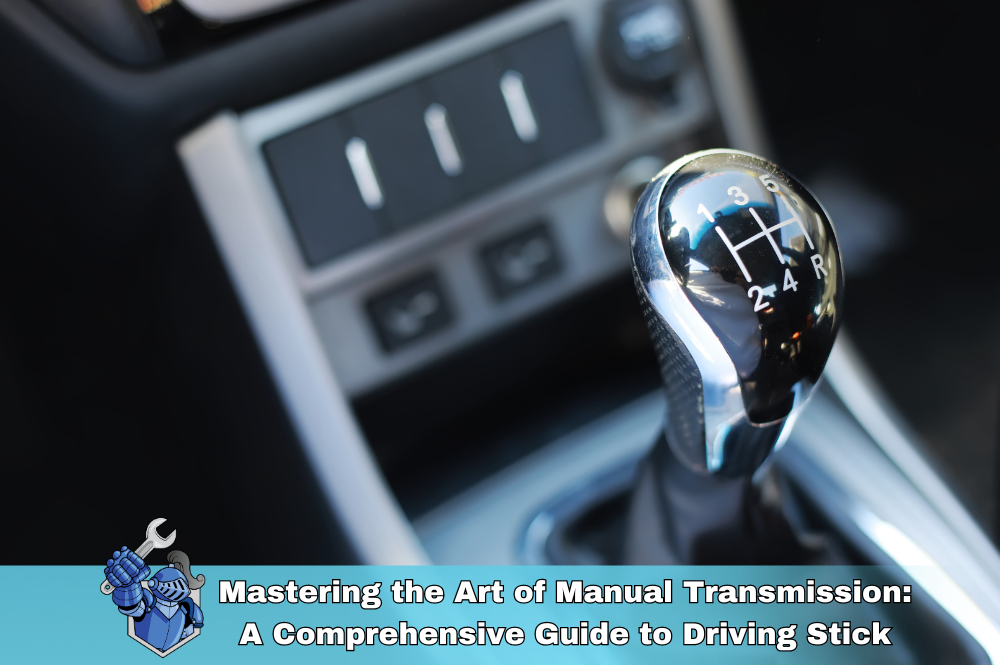
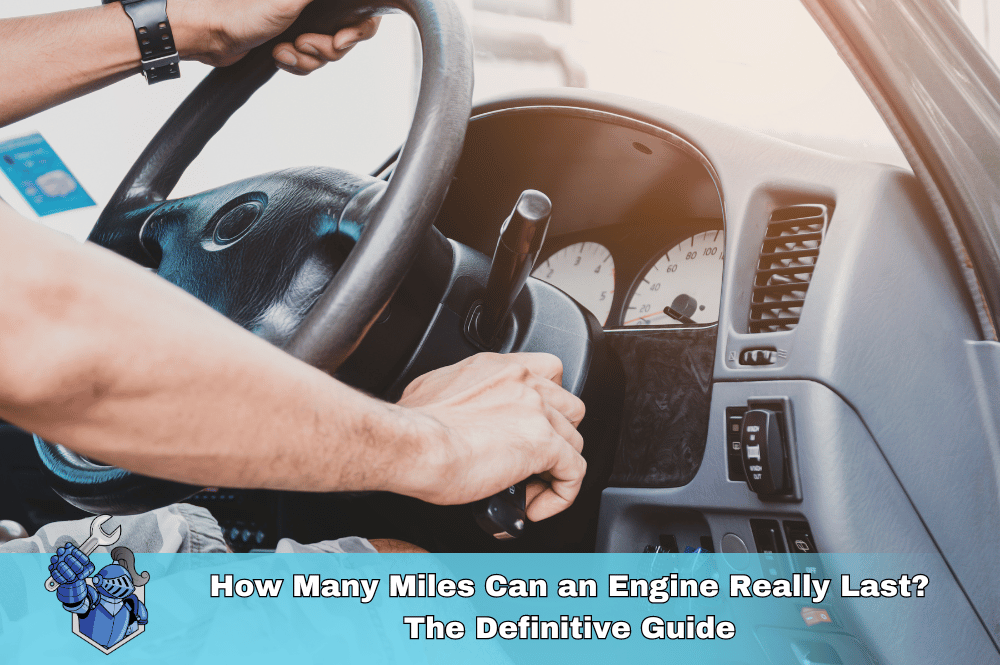 How Many Miles Can an Engine Really Last? The Definitive Guide
How Many Miles Can an Engine Really Last? The Definitive Guide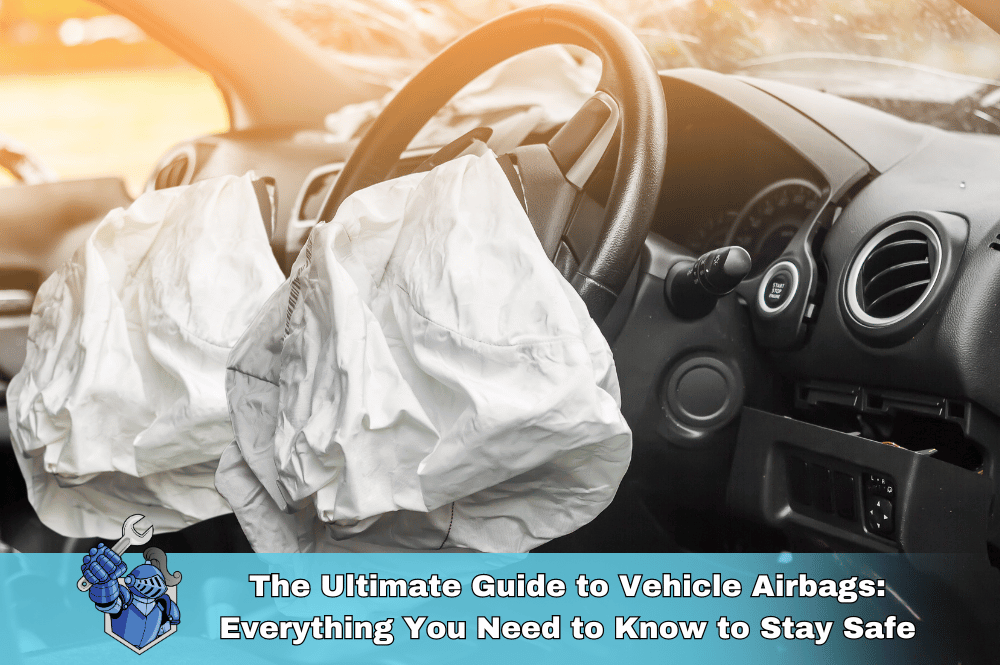 The Ultimate Guide to Vehicle Airbags: Everything You Need to Know to Stay Safe
The Ultimate Guide to Vehicle Airbags: Everything You Need to Know to Stay Safe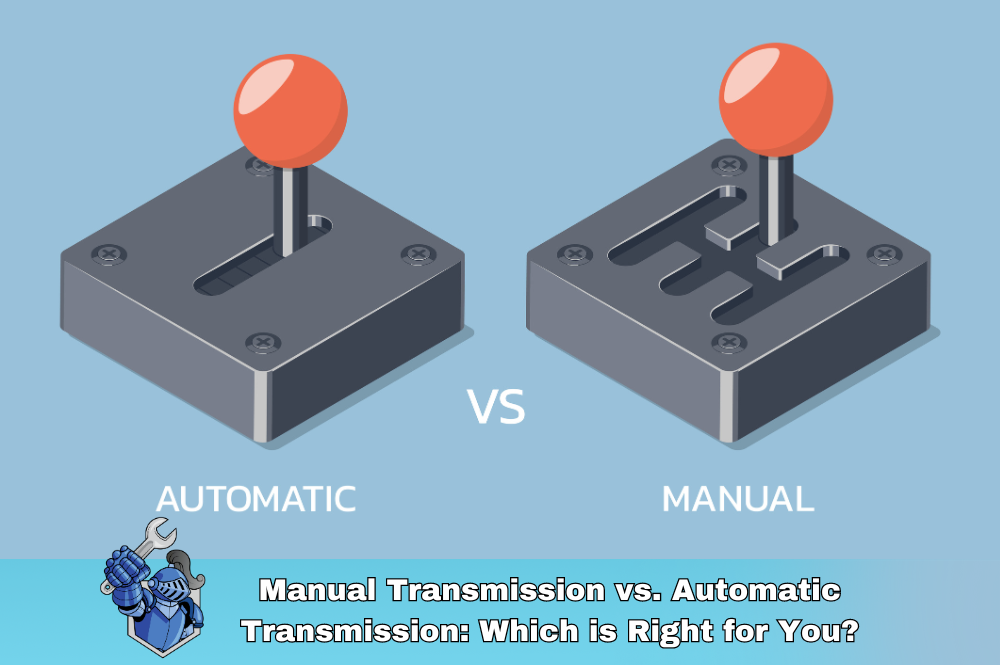 Manual Transmission vs. Automatic Transmission: Which is Right for You?
Manual Transmission vs. Automatic Transmission: Which is Right for You?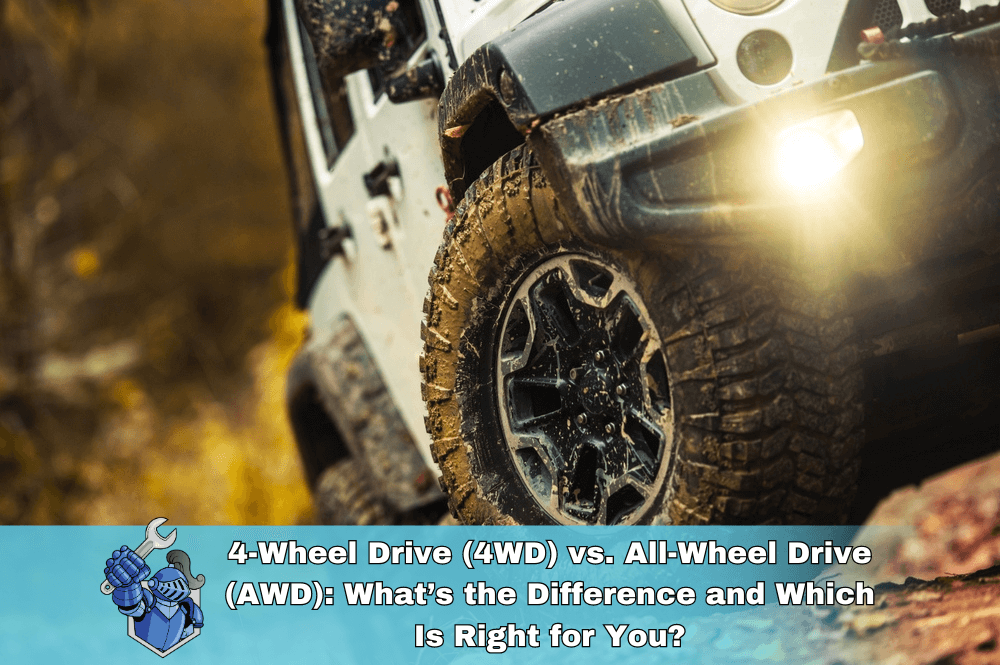 4-Wheel Drive 4WD vs All-Wheel Drive AWD: What’s the Difference and Which Is Right for You?
4-Wheel Drive 4WD vs All-Wheel Drive AWD: What’s the Difference and Which Is Right for You?